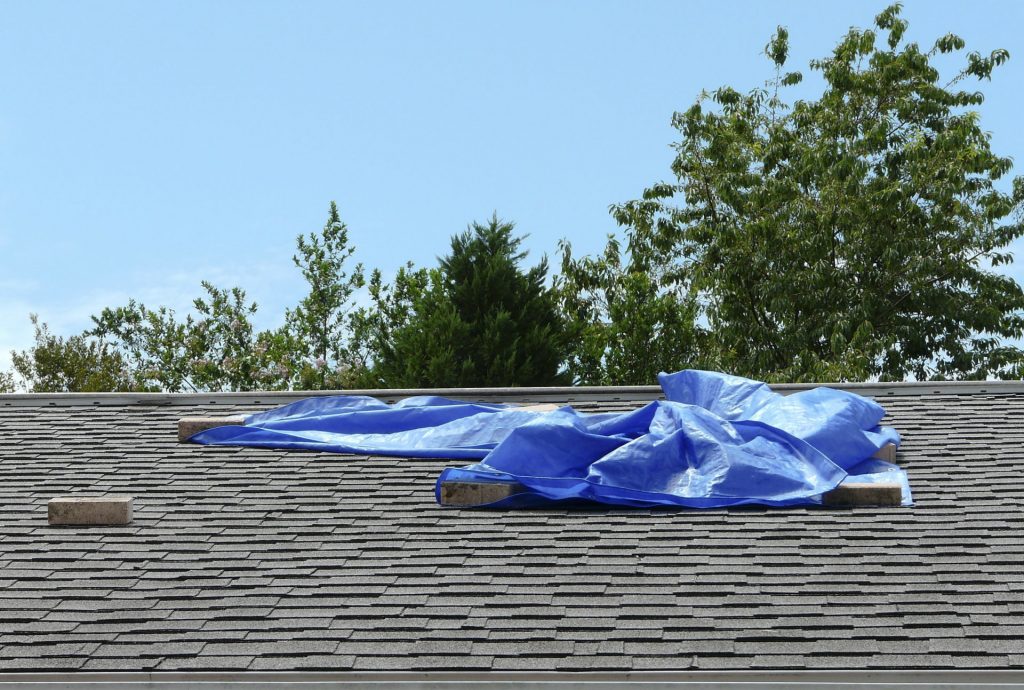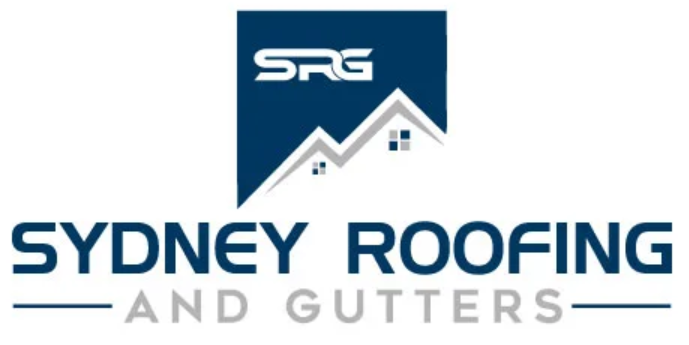HOW TO STOP A LEAKING ROOF DURING HEAVY RAINS
What You Need to Do To Prevent Damage and What You Need to Consider for Leaking Roof Repairs
The point of your roof is to protect the inside of your home from the elements outside. When there is a deficiency in this armour, there are untold amounts of damage that can happen.
Every year thousands of roof repairs are needed because of damage from turbulent weather; and with climate changing, the chance for more and more extreme weather events means roofs everywhere are going to be undergoing a ton of stress.
These damages will inevitably show themselves during periods of heavy rain.
Let’s discuss what you can do if your roof is unfortunate enough to be one of these roofs during a heavy downpour and what leaking roof solutions are out ther

How Serious Are Roof Leaks?
If you’re reading this article, you know leaky roofs are a problem. But just for due diligence, let’s quickly talk about why identifying and fixing roof leaks is non-negotiable. No matter how small or insignificant the leak may seem to the eye, a leaking roof is a very serious problem. What you see may only be surface level compared to what’s actually happening behind your walls or in the lining of your roof.
A leaking roof is not something you can put off until you have the time to address it. Water getting into places it’s not designed to be can lead to multiple disasters. Water can rot foundational components of your home and lead to critical structural failure causing loss of life or overwhelming financial stress. Water can travel along pathways and come into contact with electrical components within your walls leading to fires or shock hazards.
Water can simply create moist pockets for mold to grow leading to health hazards for you and your family. Whatever the case may be, you need to take any roof leak very seriously.
How To Spot Signs of a Leaking Roof
There are many signs to watch out for if you suspect you may have a roof leak. Depending on the source of the leak, you may anticipate seeing the effects during heavy rains, but end up disappointed. It may take time after a period of heavy rains for signs to show themselves.
Anyhow, here are some things to watch out for that may indicate you have a leak:
- Water is dripping from the roof or walls
- Walls are covered in water streaks
- Paint blistering–peeling off the walls (not always a sign, but one to watch out for)
- Spots showing on the ceiling or walls
- Roof shingles are buckling, curled, or cracked
- Gutters are overflowing
- You can hear the sound of dripping water somewhere in your home
- You can smell dampness in the air
- Visible mold
- Visible rot along with the roofing (rafters, beams) or walls (especially the baseboards)
How To Find the Source of the Leak
Roof leaks are likely to originate at the seams of your home; where two separate surfaces or materials join.
If safe to do so, explore these areas of your roof:
- Chimney
- Roof vents
- The intersection between your fascia and roof sheathing
- Gutter
- Natural angles in your roof’s architecture
Non-seam related locations for the origins of roof leaks may be:
- Any valleys of rain on the roof caused by heavy downward pressure over time by rain and snow
- Improper nail positions on shingles
- Damage caused by debris
- Natural rot, decay, or wear-and-tear of roofing components
What To Do When You Have a Leak
You’ve confirmed you have a leaking roof, you may or may not know the origin, what now?
You want to know how to fix a leaking roof.
The answer to that question depends on timing.
There are two periods to concern yourself with once you know you have a leak.
The immediate and non-immediate.
Immediately, you probably won’t be able to stop the leak. Instead, you’ll want to contain the falling water. Use a bucket or other sizable container; it’s best to have two so you can swap one with the other when needed.
Also, use old t-shirts and towels to make sure water doesn’t penetrate the floor beneath the leak(s).
Once you have the most urgent threat handled, if you can, gather information for the next step.
Where is the leak coming from?
Where and what has been damaged? By how much? Finally, call a professional.
Even if you are experienced with home repair–especially if you’re experienced with home repair–you should call a professional licensed in leaking roof repairs.
Proper assessment of damage, estimates of costs for fixing your leaking roof, advice on insurance claims, and the corresponding repairs required, needs to be done by a team of qualified roofers.



